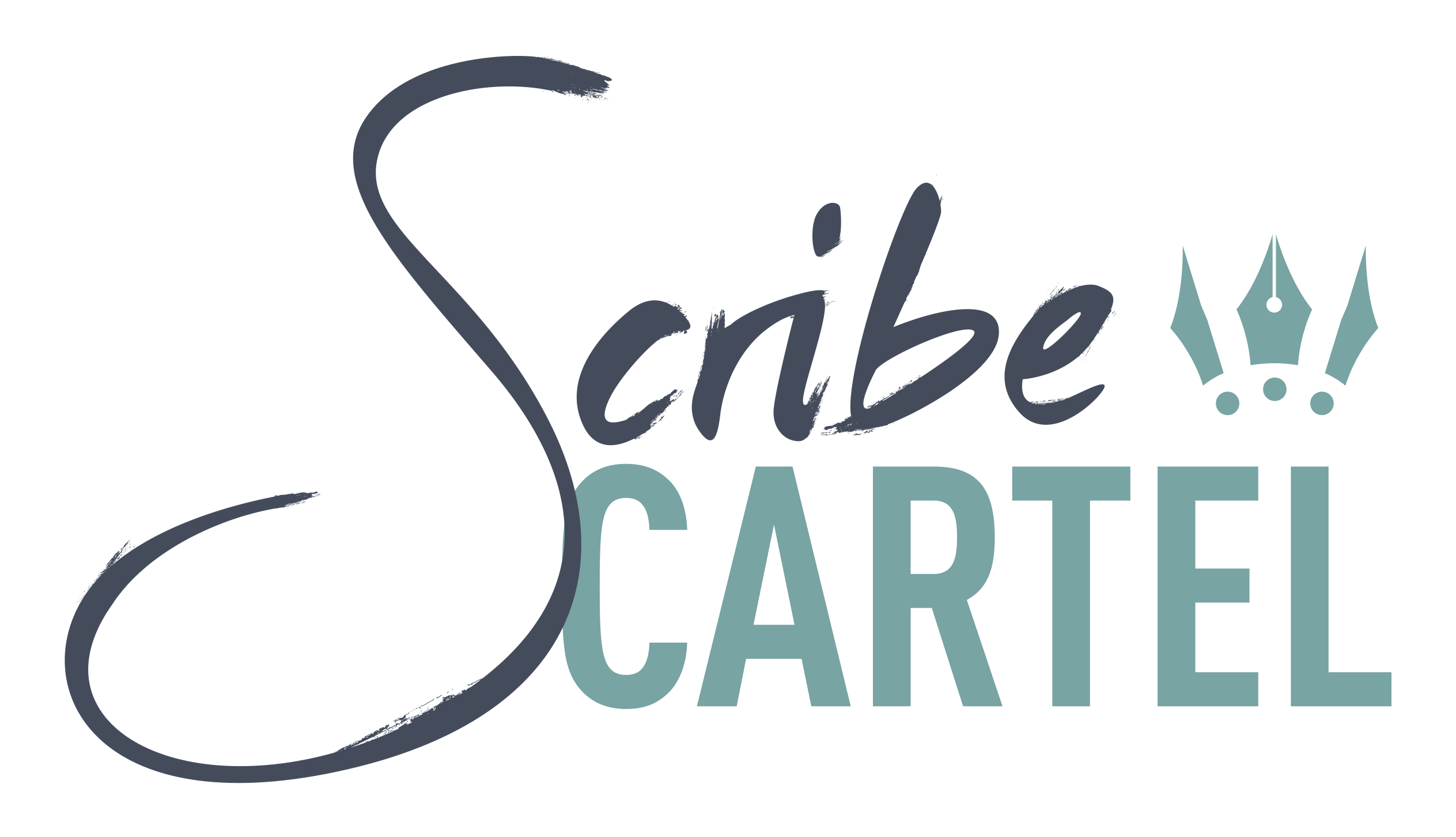Have you considered using case studies as content? Do you know how? I’ll get to that shortly.
The digital marketplace sure is crowded, and that’s great if we don’t let it overwhelm us. It means there is demand. The flip side is that some businesses can get swallowed up like a sinkhole in the middle of a quad-lane highway, mainly if they’re not marketing consistently or providing genuine value.
It’s not only that more people are online selling their skills and offers filling marketplaces, swimming in the digital ocean’s every-fluctuating tides of trends and algorithms adds layers that make it hard to keep up and stay relevant while managing the day-to-day.
Then there are other external factors.
An ever-changing world
With a pending post-Covid recession seemingly imminent, markets will change. Noticeable inflation signals it’s on its way. The economy is one component, but with flooded coaching, practitioner, creator, and product markets, consumers will become more discerning. It will drive an aversion to generic outputs (eyes on you AI copy) and outcomes that don’t match grand promises.
This cycle that’s come and gone in times before isn’t something to fear. It means an increased craving for authenticity and more pressure to provide genuine value.
This is our call to do better, not necessarily more, and to differentiate ourselves in our respective industries.
Propositioning your uniqueness and value
No matter what game you’re in, building brand authority establishes trust with potential clients and buyers, leading to increased business and referrals. Your Unique Value Proposition (UVP) creates that energy of real expertise and professionalism. As in, this person knows their shit, talks honestly, is comfortable in who they are and appears to get satisfaction from dishing out some free goods.
Case studies are an incredible way to do this because they’re real-world examples that show how you helped someone overcome a specific issue or solve their problem. Some clients will happily have their success story profiled. It further bestows their achievement with a public account and shows others what’s possible.
Trust is always important in business, and it’s becoming increasingly so as the currents shift back to a buyer’s market.
We have so many choices. Why should they choose you?
Embodying the change you wish to see
When you’ve helped someone overcome something, provided a game-changing solution and bagged exceptional results, ask your client if they will publicly vouch for it via an identifiable (non-anonymous) case study.
Giving advice online can be dicey in some industries more than others, which is why lots of content is generic and neutral. Case studies provide a level of proof for specific client profiles.
For health practitioners, if you specialise in, or want to focus on helping clients with chronic pain, gather case studies that focus on those clients. Case studies on this will speak to new clients looking for a practitioner with experience and who gets results with their particular health concerns.
Building a case study
A successful case study relies on gathering as much data as possible, analysing it thoroughly, and drawing meaningful conclusions based on your findings.
While you can do a case study retroactively, seeking client permission first means you’re on the front foot for gathering your information as you go. Some clients might be apprehensive, feeling this puts pressure on attaining their desired outcome. You’re collecting and analysing information to track and determine progress and pivot if something isn’t working anyway right? Lessons learned and shared are part of the hero’s journey.
Using case studies as content tips
You will have already gathered their initial needs and the goals they want to achieve and relevant background information like medical history, demographics and lifestyle.
- Describe the solution implemented to help the customer reach their goals. How was it tailored to their needs, and how did it address their issue?
- Quantify the results achieved by the customer after implementing the solution. This can include before, during and after images or data, calculating effect sizes, using control groups, or comparing the results to established benchmarks.
- Use a narrative style. It doesn’t have to be a linear story as long as you’ve introduced the client and their specific situation, highlighted their challenges and detailed your approach. Gather quotes from clients themselves.
- Showcase the impact of your methods. What’s changed for this client due to their work with you? Were there any significant improvements? What factors contributed to these improvements? Use tables, infographics, and other visual aids to help illustrate your results.
Case studies are an excellent antidote for anyone hesitant to try your offer. When done well they provide reassurance that you are who you say you are and you can do what you say you do. When repurposed into content, they’re highly shareable across multiple channels having users showcase your great work for you.
Want to write like this?
Interested in writing thoughtful, informative blogs over short social media content that will get people to your website to book you, but you aren’t sure where to start? Download The Blogging Breakthrough: A guide for holistic health practitioners to brainstorm, research, structure, and write standout blogs as core content.


